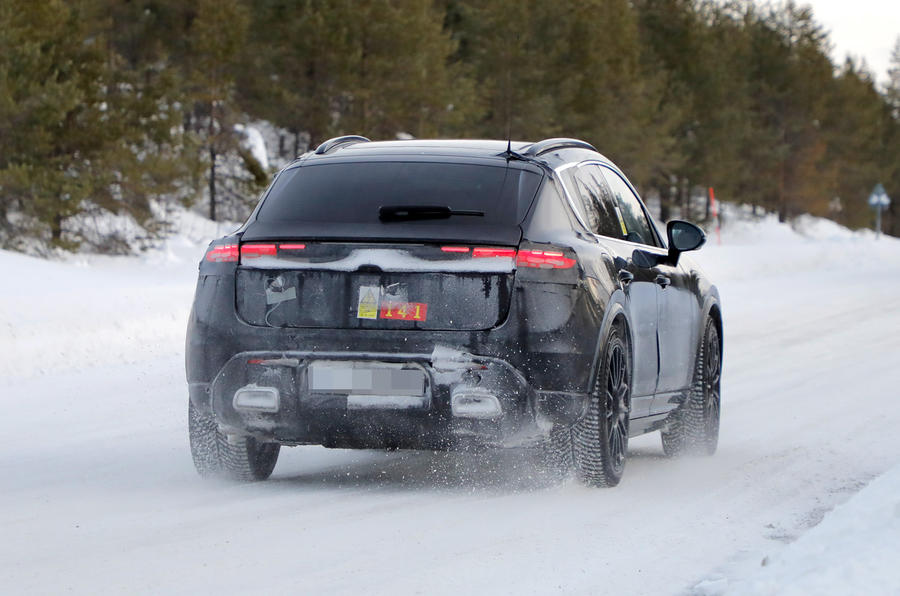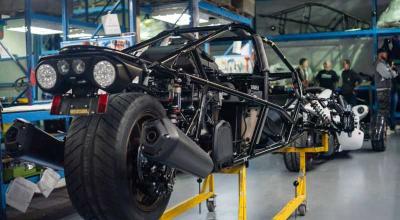Revolutionary Porsche EV Macan Launch: Embracing the Electric Future

by AutoExpert | 17 January, 2024
Porsche has officially confirmed the launch of its new ambitious EV Macan arranged to be premiered on January 25. Once launched, the new hot model will become the first all-electric Porsche SUV.
Initially, the blast-off was scheduled for 2023 but got delayed due to the development difficulties at Cariad, the VW Group's software division.
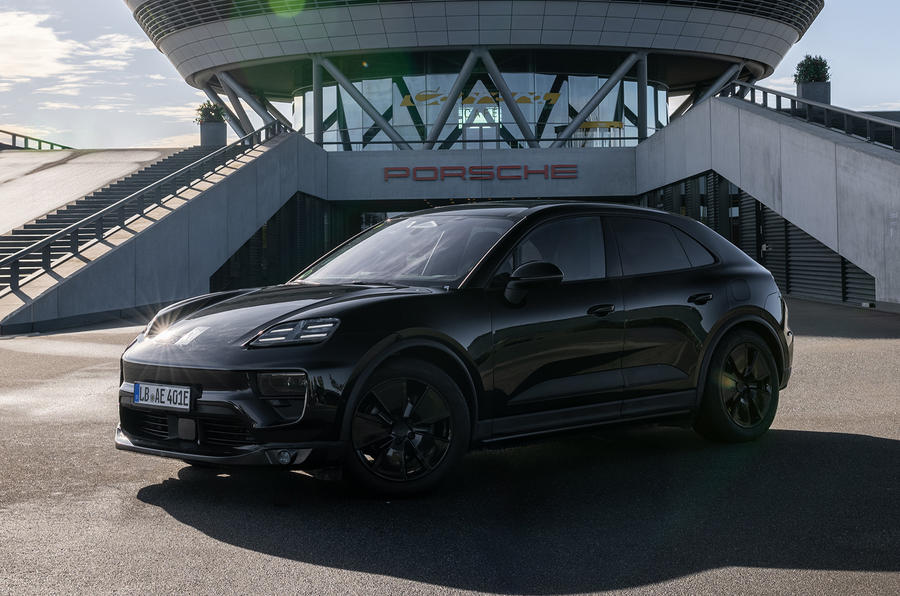
Like the new Panamera, the Macan EV follows the Driver Experience Control concept flashed for the first time in the Taycan. This means that the physical driving controls are nicely gathered all together, instead of being behind different menus on a touchscreen.
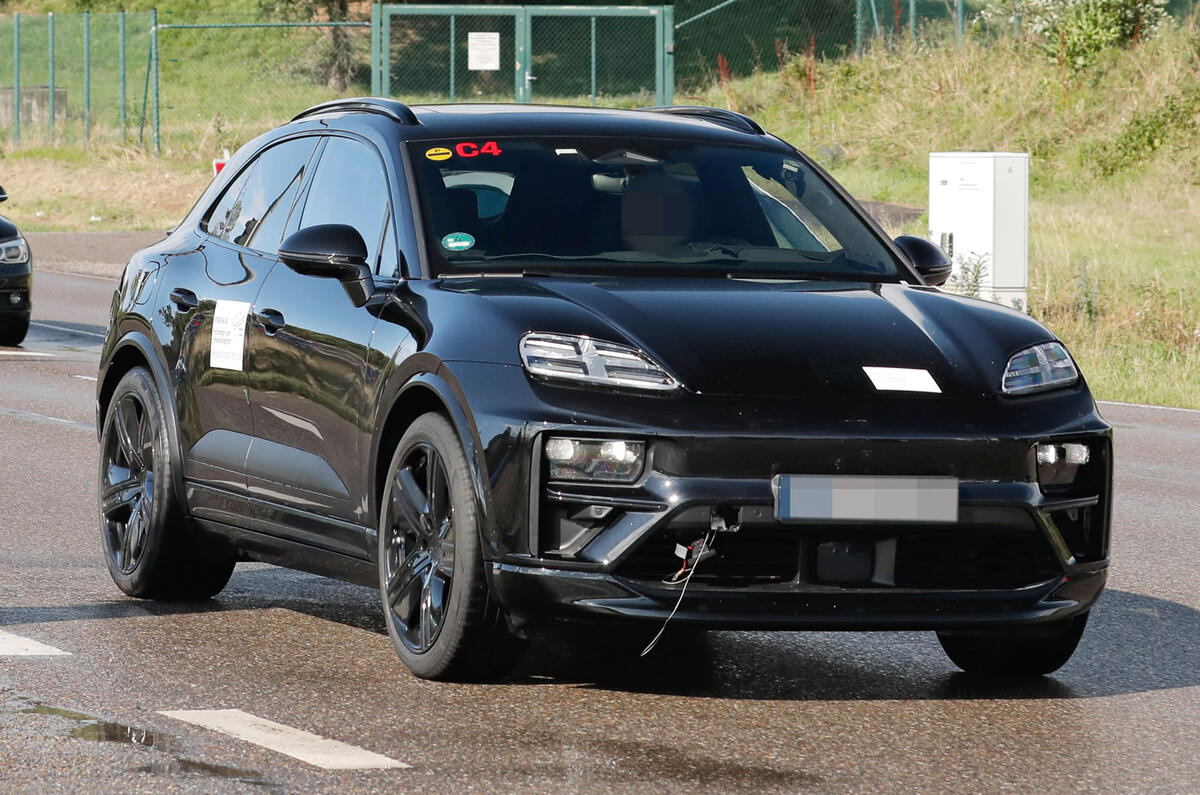
Macan EV has three screens on its dashboard:
- The first is a 12,6-inch driver’s display behind the steering wheel, which now incorporates Apple Maps navigation via CarPlay and Google Maps through Android Auto. Additionally, drivers can now control the first-ever Porsche head-up display with augmented reality (AR) technology via the screen.
The setup uses the position of the car, and environmental data along with cameras to capture a live feed so it shows real-time information. For instance, the navigation arrows are shown in the correct turn lane.
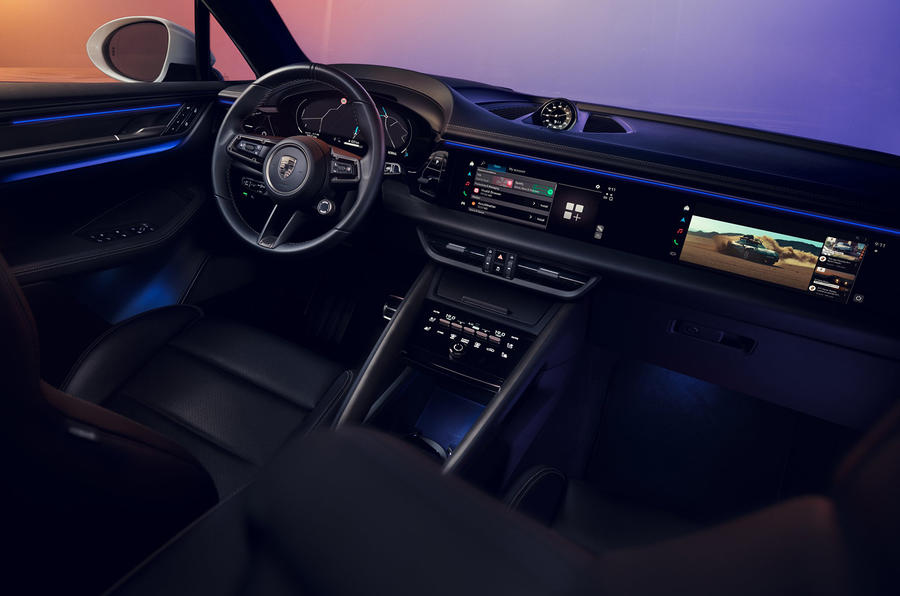
This brings, as well, some of the functions offered by the driver’s assistance system, such as activated flexible cruise control.
- The second screen is the central one - a 10.9-inch touchscreen complemented by the latest Porsche infotainment tech.
- The third screen is an optional 10.9-inch screen for the passenger, which can adjust the settings for infotainment or navigation, you may also scroll through media or share videos in apps such as TikTok. This is possible even while the car is driven, due to a particular film that prevents the driver from seeing the display.
The key touches resulted in a more angular face, replacing the current Macan’s blockier appearance.
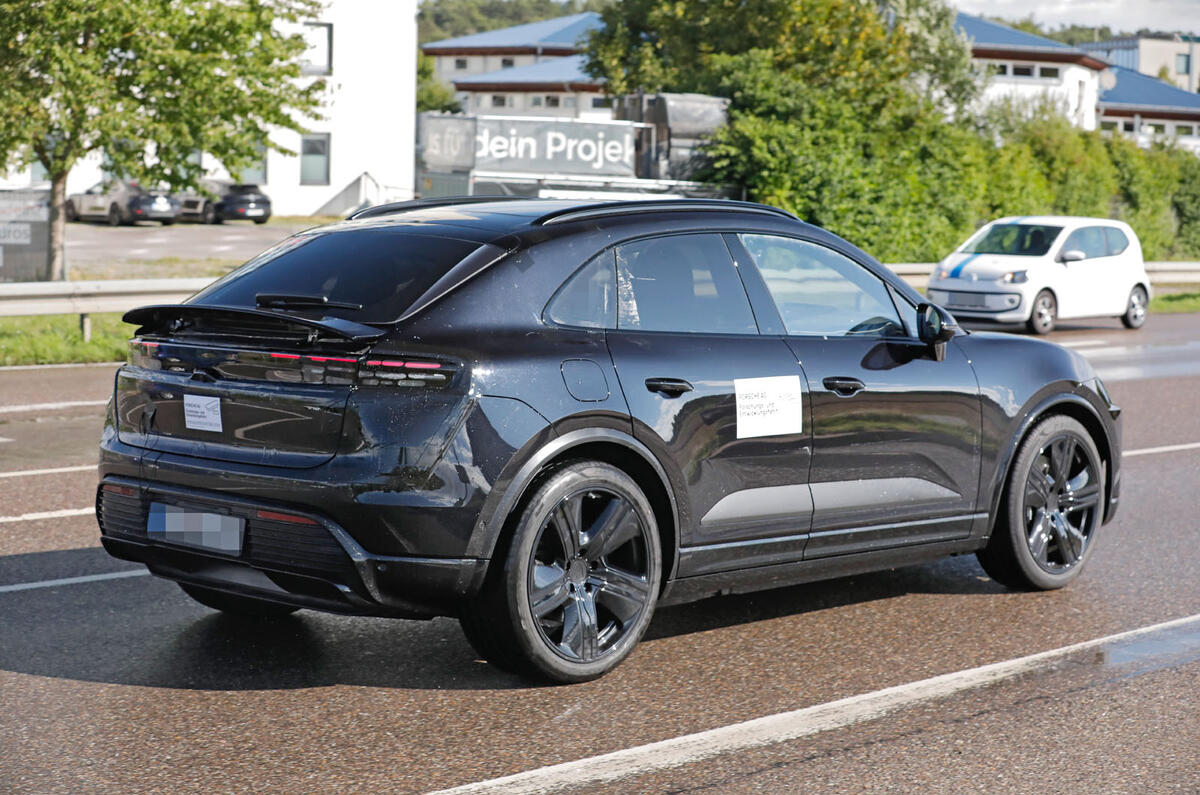
The angular face offers the headlights a sharper appearance, and is bigger than Porsche Cayenne’s headlights, while the daylight front daytime light bars have been replaced by two sets of twin circular lights.
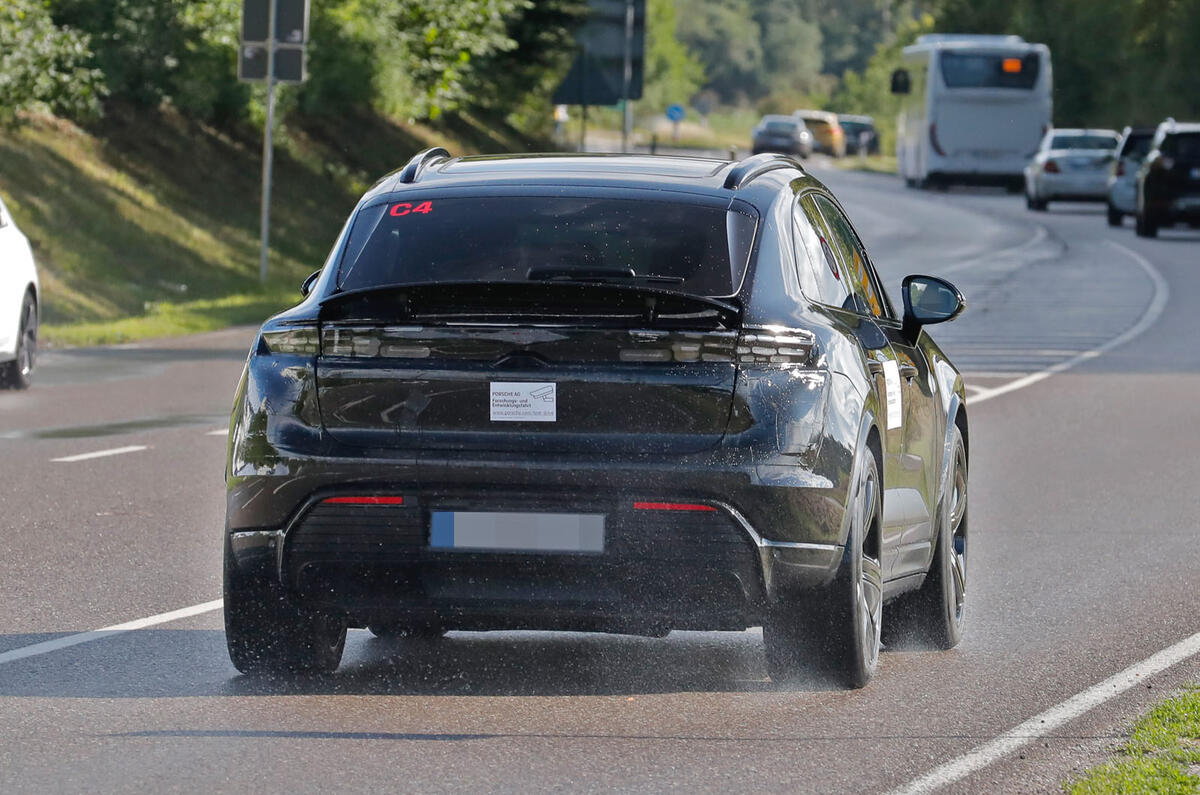
The improvements that complement the vehicle are producing up to 603 HP, with a torque hitting the 738 lb-ft figure. The firm didn’t mention any “over boost” functions as for the Taycan Turbo S for increasing temporary the power and torque to 751 HP and 774 lb-ft.
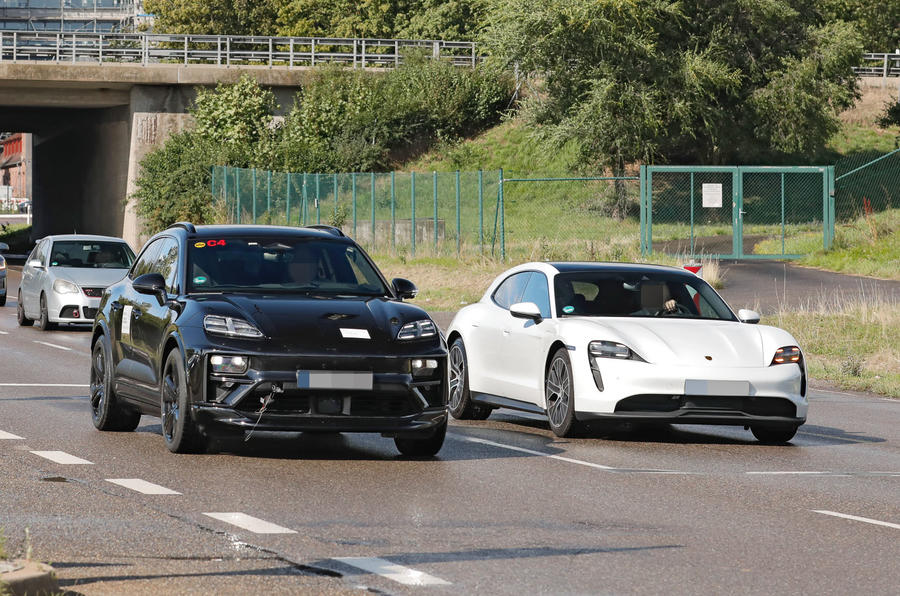
Macan EV will also be the very first model to receive Porsche’s two-valve dampers, which are able to amplify ride comfort because they permit individualistic adjustment through the Porsche Active Suspension Management system.
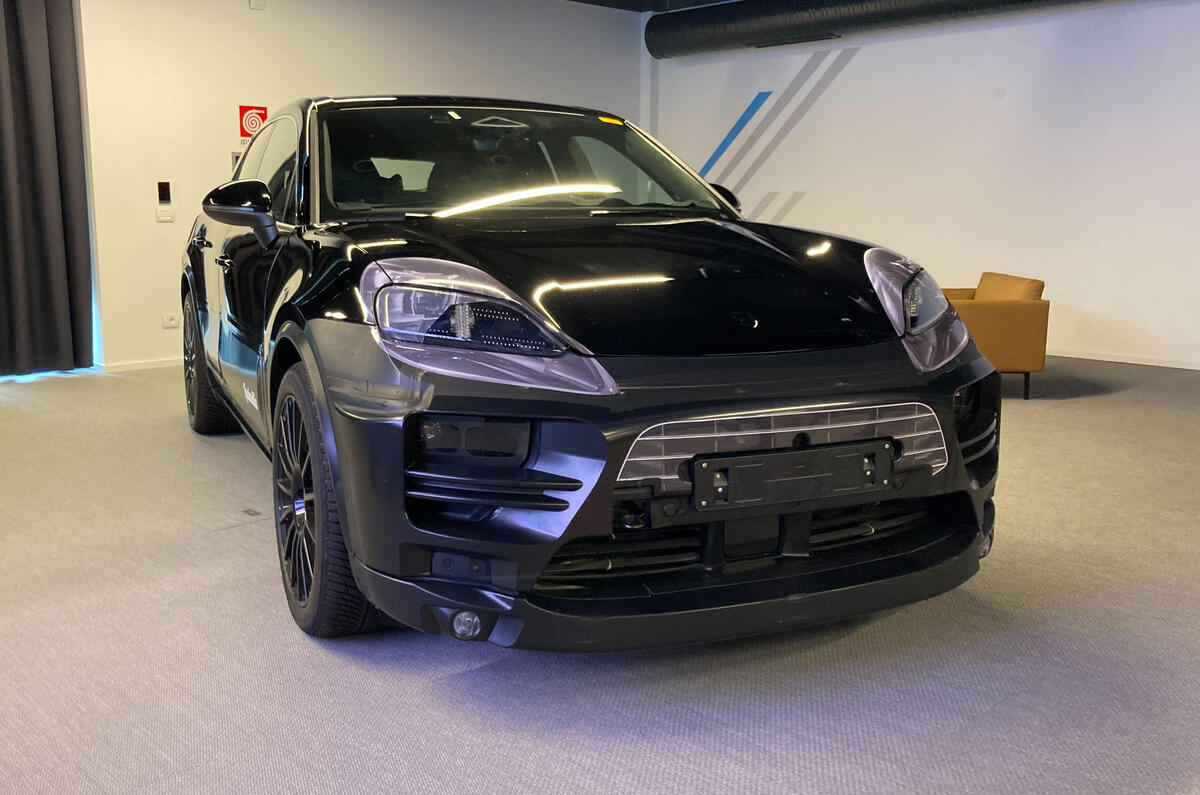
The most expensive Macan EV versions will receive, as well, electronic locking differential mounted at the rear axle, meant to master its front-rear torque-vectoring capabilities. All variants will enjoy a 100kWh lithium-ion battery, which is the optimum size for minimizing journey times.
The company offered no anchor regarding the range, but an optional 93 kWh battery offers the enough power for 314 miles per charge.
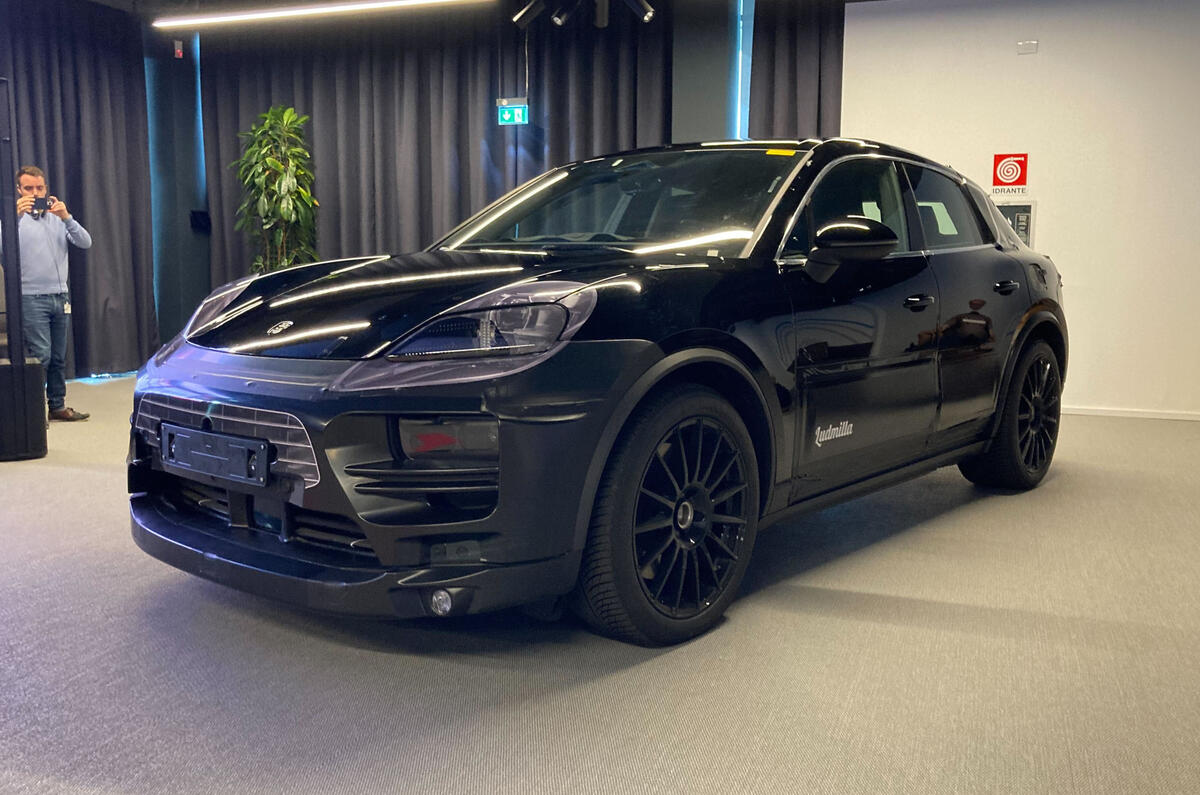
Janssen also confirmed that the PPE platform may be extended in order to suit more battery modules. The Mocan uses 12 prismatic cells.
This implies that the upcoming Porsche Cayenne EV (which is also indicated to use the PPE platform) may rock an incredible battery capacity and even be worthy of competing against the EQS Mercedes-Benz SUV.
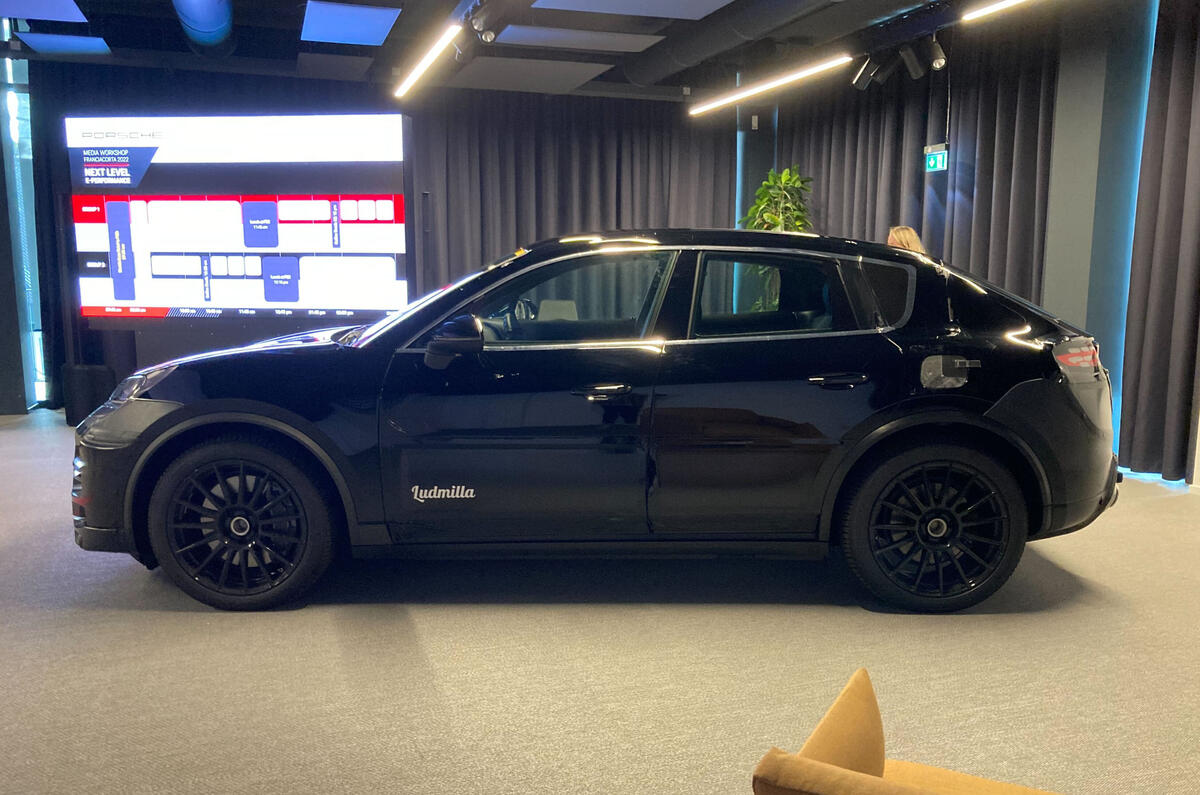
Despite this, the long-term target followed by Porsche’s road-going cars is to reduce the size of batteries, as stated by Florian Modlinger, Formula E’s boss.
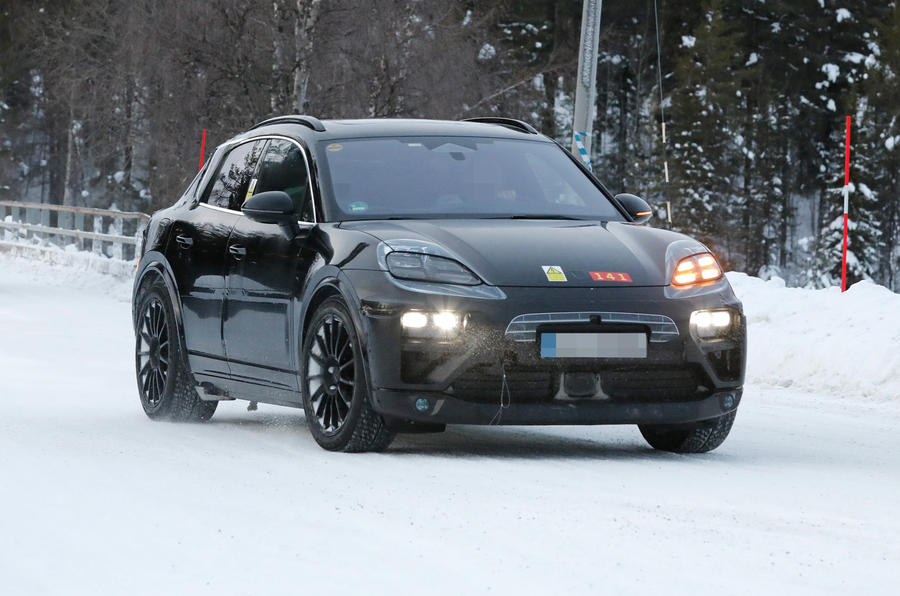
That should be the target, said Modlinger, although he admitted that it will take longer than in motorsport. Mocan EV is one of the next electric Porsche models that will be blasted in the upcoming years. The pack includes a 718 Boxster EV (2025), an electric Cayenne (2025), and the Panamera EV (2026).
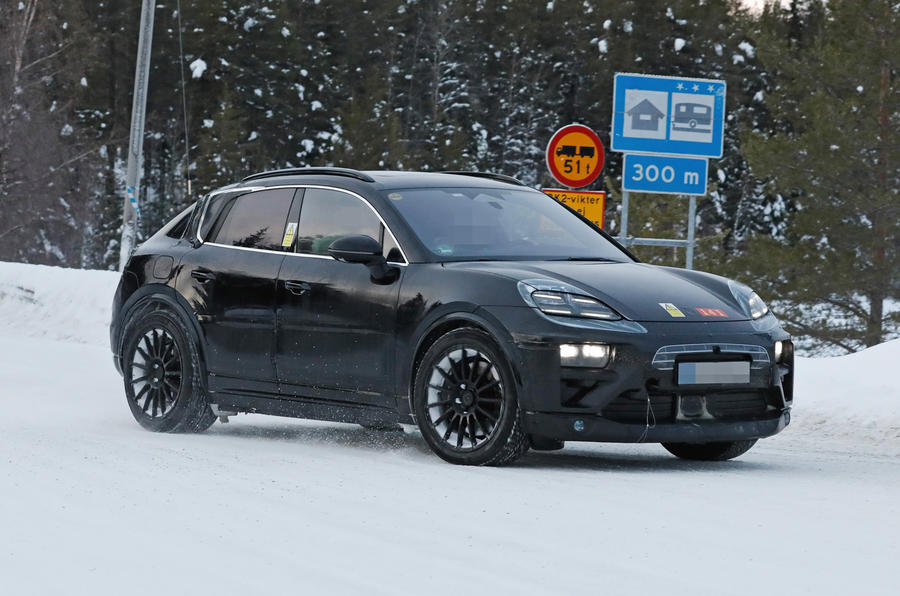
Later this decade, a brand new EV SUV will arrive, known for its seven seats, codenamed the K1. We believe that this model will be the most expensive Porsche vehicle and will illustrate a blazing style revolution of the brand. Porsche intends for the electric vehicle to represent 50% of its global sales in 2025, and 80% in 2023.
